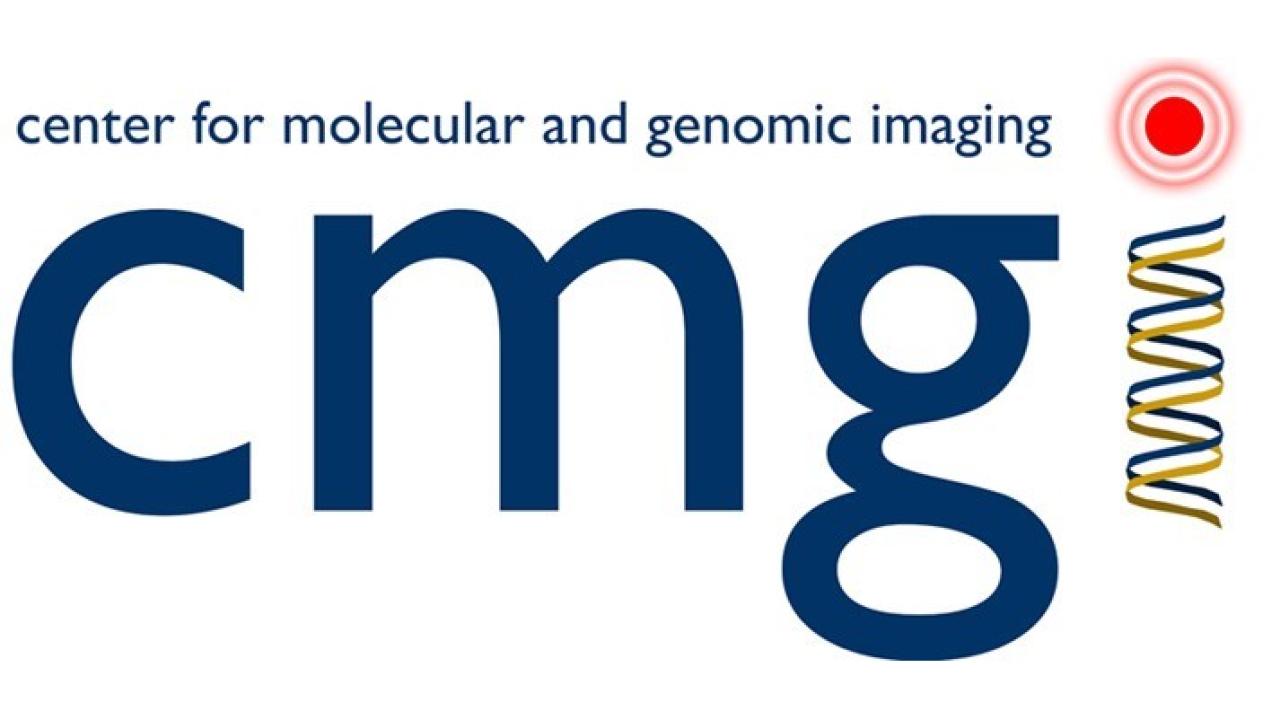
QIA@CMGI: CMGI to Provide New Quantitative Image Analysis Services
The Center for Molecular and Genomic Imaging (CMGI) is pleased to announce an expansion of its imaging portfolio by adding Quantitative Image Analysis (QIA) services. QIA refers to the standardized extraction of meaningful, quantitative information from imaging data. It uses computational algorithms, instead of manual tasks performed by human users because the underlying tasks may be too complex or time consuming for humans, or the human visual system may not provide optimal detection capability for the task at hand.
“A question scientists are faced with is: are we getting the most amount of information we could from imaging data we collect? Most would agree that the answer is no. QIA allows us to precisely address this problem,” says Abhijit Chaudhari, CMGI Director.
For example, a study monitoring neurodegenerative changes requires extraction of the cortex of a rat brain from a 3D MRI scan. A person would typically manually outline the cortex from about 50 slices from the MRI scan. Even for an expert, this task can take 3-4 hours. Studies that require multiple scans of many animals over time become exorbitantly laborious, expensive, and potentially error-prone. Using a QIA method (image segmentation), the same task would take only minutes per animal scan, with little to no risk of error.
“The National Institutes of Health (NIH) recently defined two major cornerstones of scientific investigation: rigor and reproducibility. QIA methods, because of their minimal reliance on user error or variability, are inherently capable of providing reproducible results. I strongly believe that our QIA services will contribute toward enhancing the quality of scientific results of our investigators, and support the NIH mission,” says Dr. Chaudhari.

To spearhead the QIA services, Zachary T. Harmany, PhD, will join the center. Dr. Harmany has expertise in image reconstruction, processing, and analysis for biomedical research. He received a BS degree (magna cum laude, with honors) in Electrical Engineering and a BS degree (cum laude) in Physics from The Pennsylvania State University, and a PhD in Electrical and Computer Engineering from Duke University. Dr. Harmany’s past research has involved image and signal processing, machine learning, large-scale numerical optimization, and development of novel methods for processing, visualizing, and analyzing imaging data. He is also a member of the UC Davis Data Science Initiative, a multi-disciplinary collaborative effort to foster and promote research and education related to Data Science and Big Data.
The initiation of QIA services was made possible via the Campus Research Core Facilities Enhancement Funding Program administered by the UC Davis Office of Research. The services will be available to UC Davis investigators on a recharge basis from March 1, 2017.
To know more or to discuss how QIA can be incorporated in your studies, please feel free to email cmgiimaging@ucdavis.edu or visit http://bme.ucdavis.edu/cmgi/.
